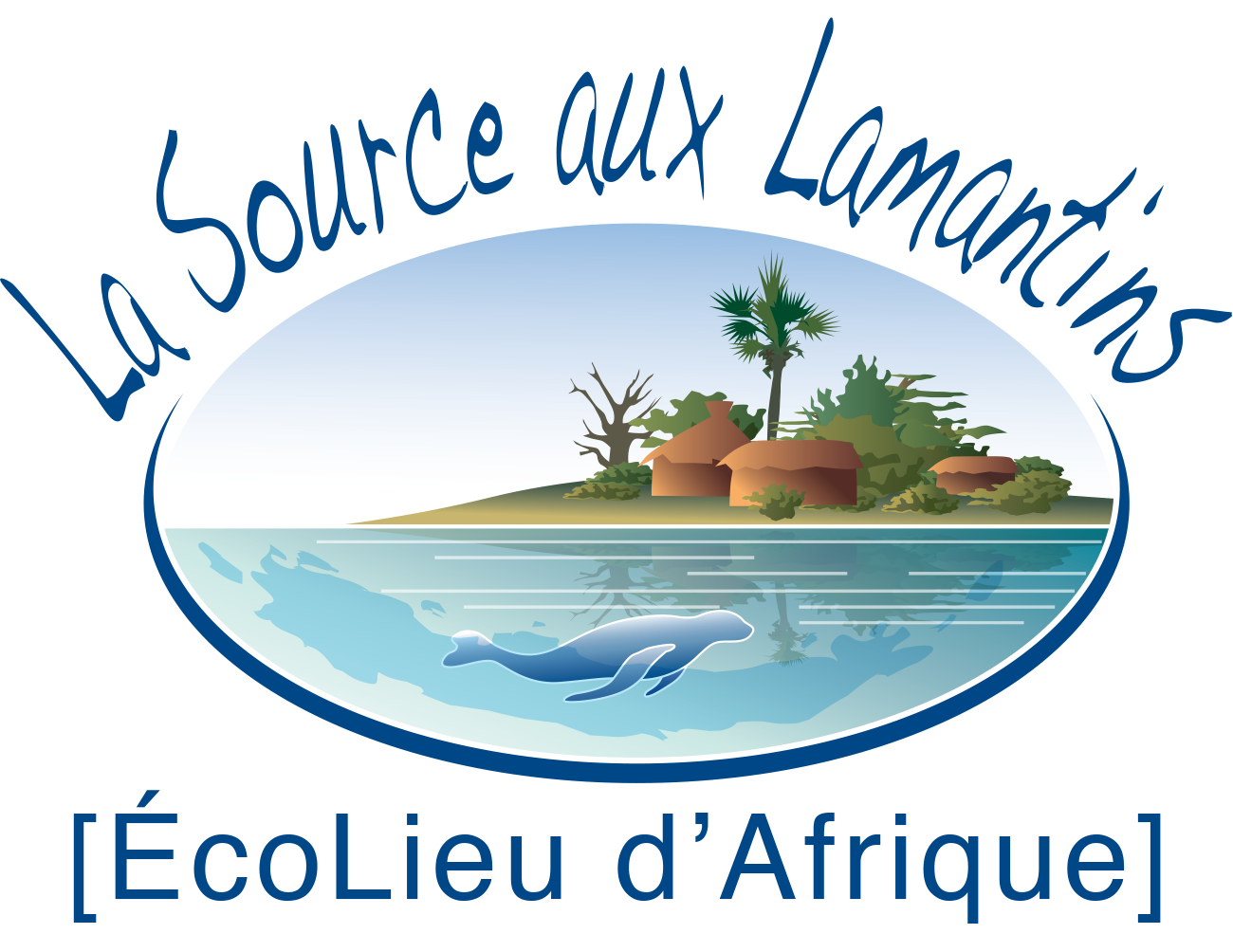Culture
The story of Senegal
The Senegal is named after a misunderstanding: fishermen laying their nets along the beach near their boats, probably Portuguese, were asked: “What’s that?” The answer: “Our canoe.” In Wolof: “Se nu gaal.” Geologically the country is a sedimentary plateau that underwent a major tectonic episode in the continental drift, demonstrated in the dormant volcano Les Marmelles, the cliffs of Thies, and the foothills of the Fouta Djallon, in eastern Senegal. The Gulf Stream gives the Cap-Vert peninsula a very cool and comfortable climate from November to May, a valuable asset for tourism.

The story of the village
The village of Djilor (“I chose” in Serer) was founded in the 16th century by prince Djidiack Selbé Faye, son of Birame Dhiarhère, the king of Sine, or Bour Sine. His mystical powers were proven when he won a battle—with the aid of only seven men—against the marabout of Kandicounda (the eponymous village in what is now Gambia), who wanted to Islamicize the Sine. The Bour power, Hama Diouf, did not give him the promised reward, part of the kingdom, and forced him into exile in the Saloum, first to Djilor Djonick, under the protection of King Ballé N’Dao, better known as Ballé Ndougou. So Djidiack used his mystical powers to “stop the rain” in the royal kingdom, as predicted by the saltigués (“oracles”), upon a request from the king, who offered him the place of his choice in exchange.
Djilor was founded in 1530. Djidiack was still alive but had disappeared, telling his children: “I’ll be there: you will find my shoes and hat, and you will do libations in honor of me and my descendants.” One day Djidiack’s children found his shoes and hat near a ficus tree in N’Gane, and since then libateurs, or sacuurs, are appointed to carry out libations in honor of Djidiack every Monday and Thursday.
LÉOPOLD SÉDAR SENGHOR
It is in Djilor that Léopold Sédar Senghor, the “poet president,” spent his childhood. In addition to its historical significance, the village is still a good place to see traditional rural life as it is still lived by local fishermen and farmers, if you plan to stay several days in the Sine Saloum.
Now listen to some poems by Léopold Sédar Senghor…
The tales of
Leuk-le-lièvre
To listen to the tales of Leuk-le-lièvre:
No African night without the tales, said by the ancients who use the latter to draw lessons from the past day! This tradition has been lost since the advent of television and it is a pity! At La Source aux Lamantins, we do not want to lose the forgotten knowledges, that is why we have restored the magic of the tale on the whole site by putting characters, fixed under glass and books inspired by “La belle histoire de Leuk-le-lièvre» created by Ls Senghor and A. Sadji.
In the plants booklet (only in French) you will discover some plant species from, or who have adapted to the mangrove. These plants can be used for everyday sores and are a good alternative to drugs because it is natural and better for your health. You will discover these plants through images as well as practical information and games, that will help you find the plants as well as its location. Finally it will be up to you to draw some leaves.
